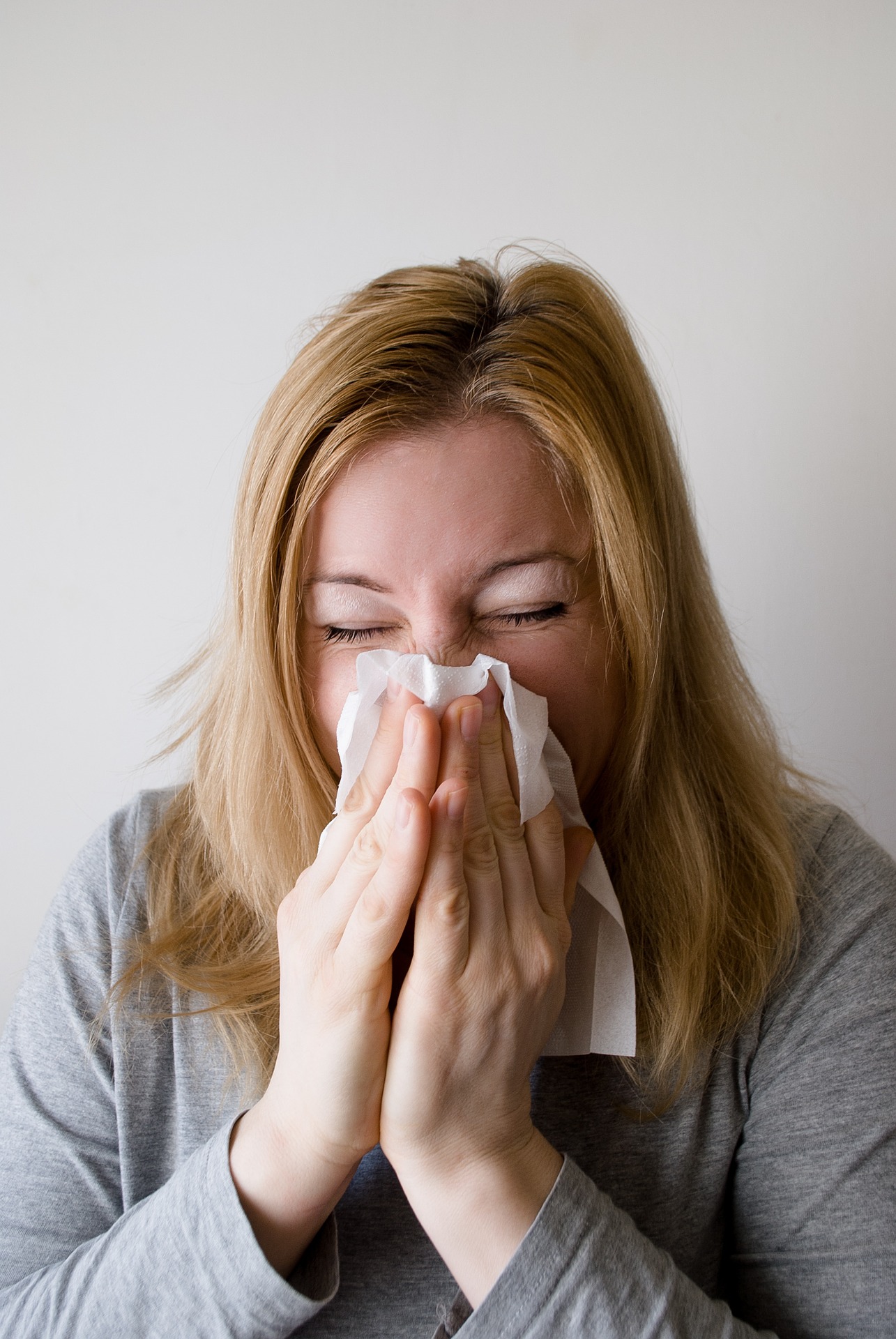Your DIY RX For Sick House Syndrome
If you suffer with various nonspecific ailments such as dizziness, throat irritation, fatigue or flu-like symptoms throughout the year, you’re home or apartment building may be the problem. Keep reading for a bit of information on how to lower the effects of what we call sick house syndrome.
There are a number of reasons your home can make you ill. This includes high humidity, mold, dust mites, and radon gas that can’t escape. But there are things you can do to make your home a haven for health.
- Invest in a vacuum with an allergen filter. The vast majority of residential vacuum cleaners only touch the surface of dirt. Consider buying a commercial vacuum with an allergy filtration system. Pick Vacuum Cleaner recommends several models including the heavy-duty Hoover WindTunnel. This and other commercial-grade vacuum cleaners offer superior suction and are typically prepackaged with more efficient brushes and longer-lasting motor. By getting more dust and debris off your carpets and fabric surfaces, you lessen the amount of particles in the air that can aggravate sensitive lungs.
- Stop smoking. Cigarette use is an epidemic throughout much of the world and is a bad habit that harms more than just the smoker. Tobacco smoke is considered one of the most influencing factors of poor air quality, according to American Home Shield.
- Eliminate toxins. Cleaning your home isn’t always easy. We buy a plethora of cleaning products that are supposed to do everything from disinfecting to keeping surfaces bright and shiny. But synthetic cleaning products, including air fragrances, are toxic. You can eliminate or reduce skin irritation and respiratory distress by switching to natural cleaning products. Vegetable-oil-based soaps and chlorine-free products for the bath and body are best.
- Bring the outdoors in. Even if you use natural cleaning products and eliminate dust from the air, your home can still trap pollutants, such as radon gas. One of the best ways to fight indoor pollutants is to simply add blooming potted plants to your decor.
- Add an air purifier. For an added layer of protection against harmful inhalants, consider adding an air purifier in each room. Keep in mind that harmful chemicals come from more than just your cleaning products and toiletries. Fabric, foam, paint, adhesives, sealants and flooring can all contain VOCs. Blueair suggests contacting product manufacturer for a copy of the material safety data sheet associated with questionable items your home.
- Keep it clean. The most obvious way to eliminate harmful substances from your home and keep your family safe is simple upkeep with your cleaning routine. Take preemptive steps to prevent dirt and grime from entering in the first place by providing a doormat at all entrances, both on the interior and exterior. Clean up any spills immediately and vacuum and mop the floors a minimum of once each week. While you’re cleaning, open the windows to allow fresh air in and encourage pet hair, smoke and lingering food odors to vacate the premises.
You want your family to be as safe as possible at home. Children and the elderly are especially susceptible to issues caused by mold, pollen, viruses, bacteria and other biological contaminants. Be diligent in your cleaning and take steps to reduce indoor pollution and access to toxins. If you continue to have problems, consider contacting a local air quality testing company to determine what’s in the air that’s making you sick.
Photo via Pixabay by Mojpe
